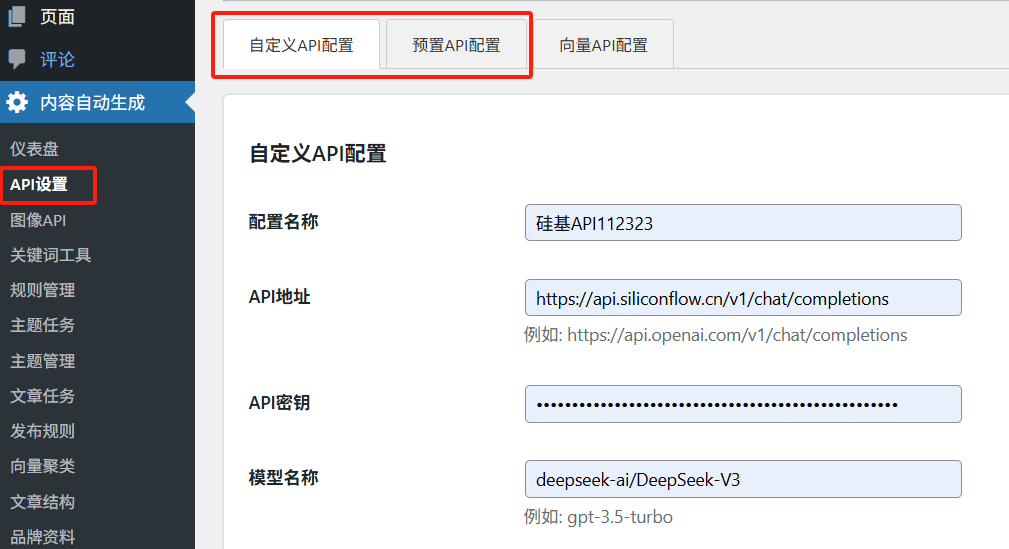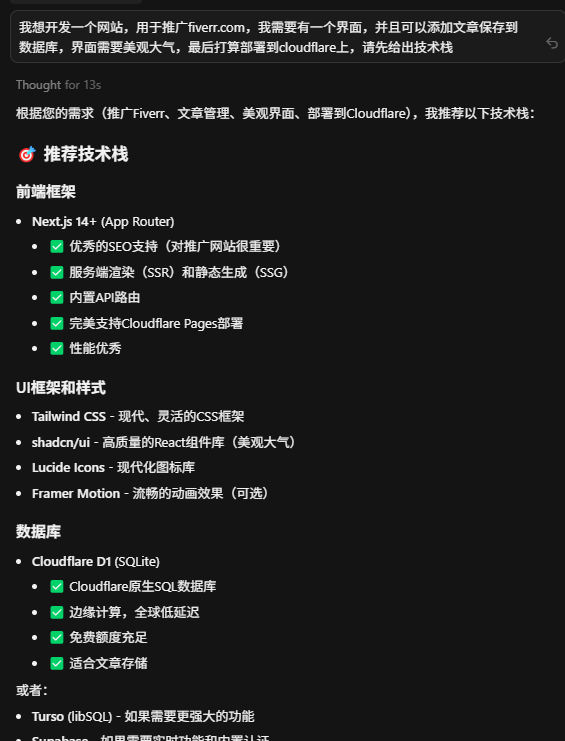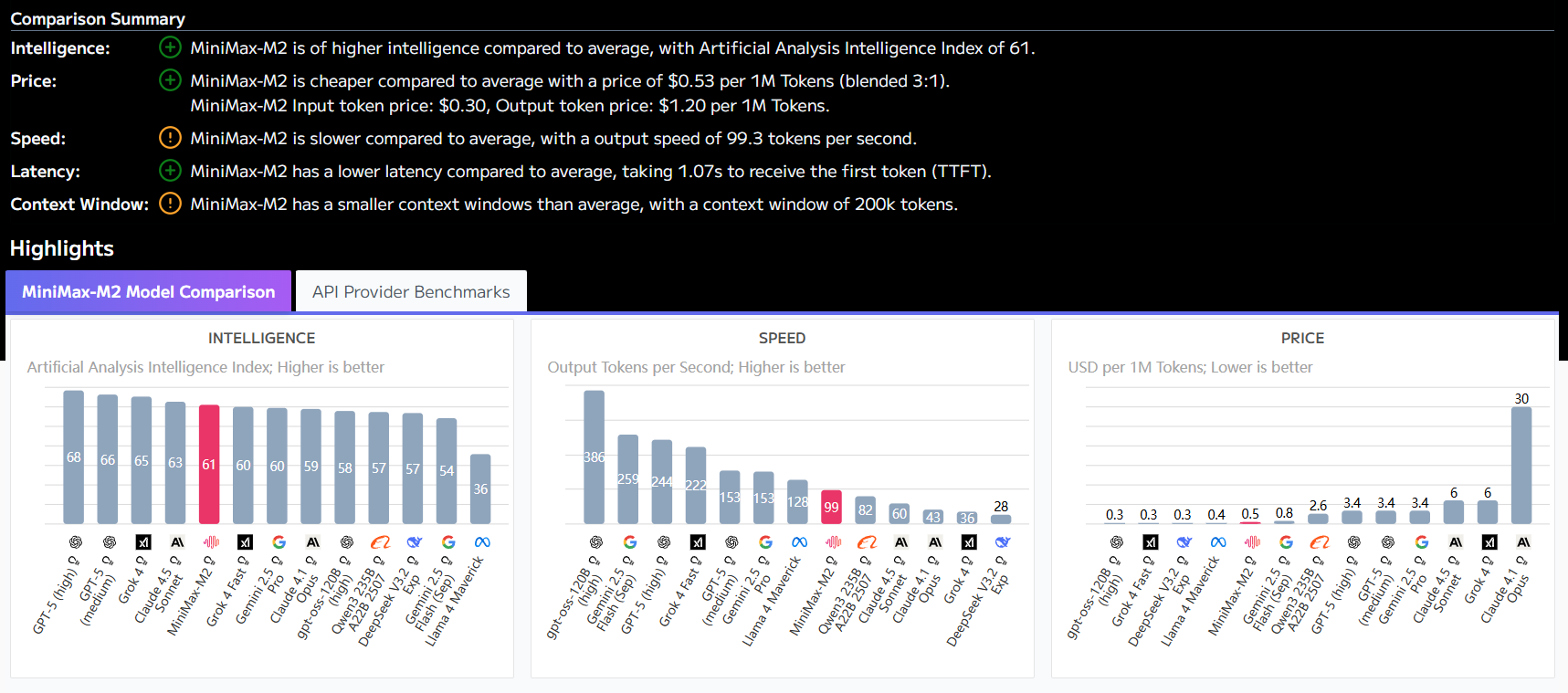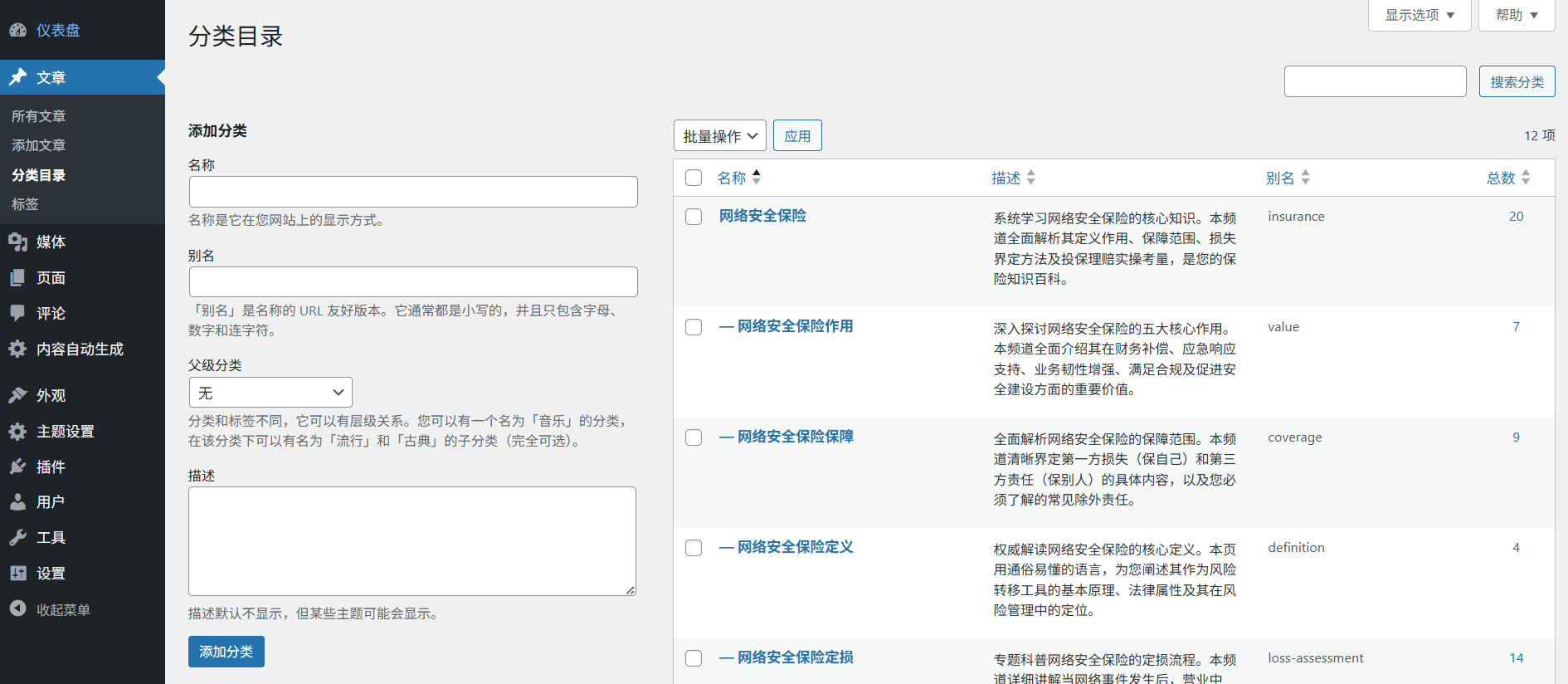Using middleware in xmcp is very simple and flexible, and is implemented in the following steps:
- exist
src/middleware.tsDefine the middleware functionality in the document - exist
xmcp.config.tsConfiguration file to specify which middleware to use - The middleware automatically executes the
Example of a typical middleware definition:
import { Middleware } from "xmcp";
export default function authMiddleware(): Middleware {
return async (req, res, next) => {
const authHeader = req.headers.authorization;
if (!authHeader) {
res.status(401).json({ error: "Unauthorized" });
return;
}
await next();
};
}Typical application scenarios for middleware include:
- User authentication and authorization
- Request logging
- Input parameter validation
- Response Data Formatting
- Performance Monitoring
Through reasonable middleware design, you can greatly improve the security and reliability of the application, while keeping the code neat and maintainable.
This answer comes from the articlexmcp: A TypeScript Framework for Building and Publishing MCP ApplicationsThe






























